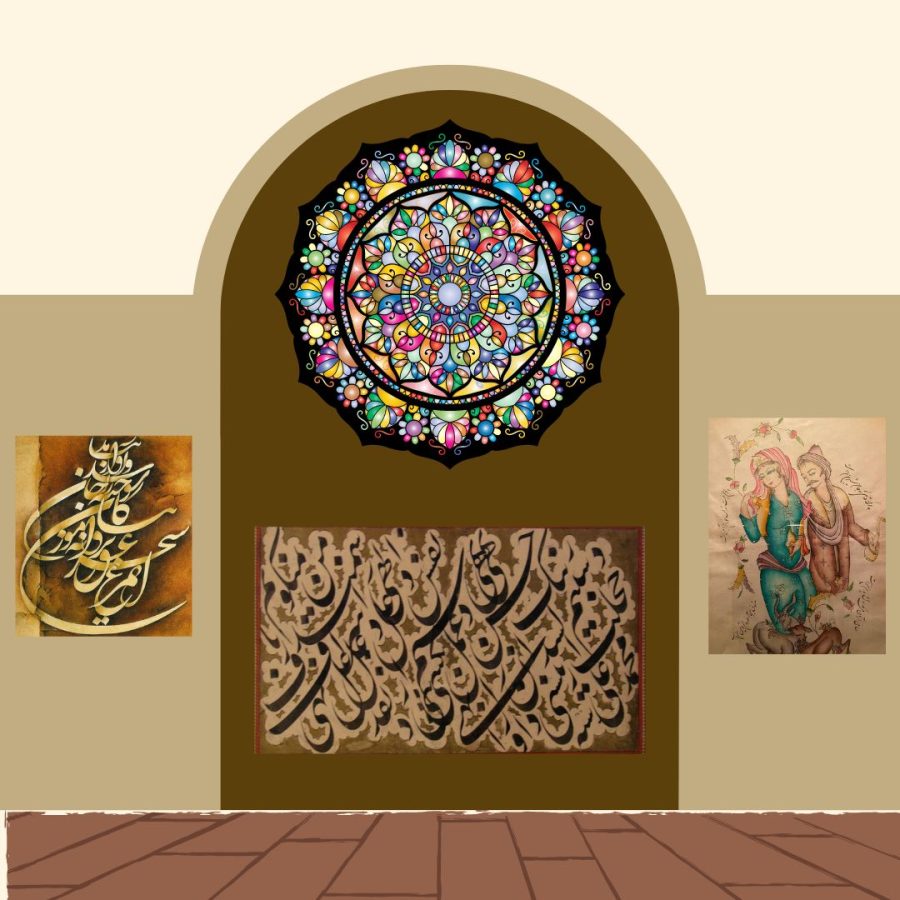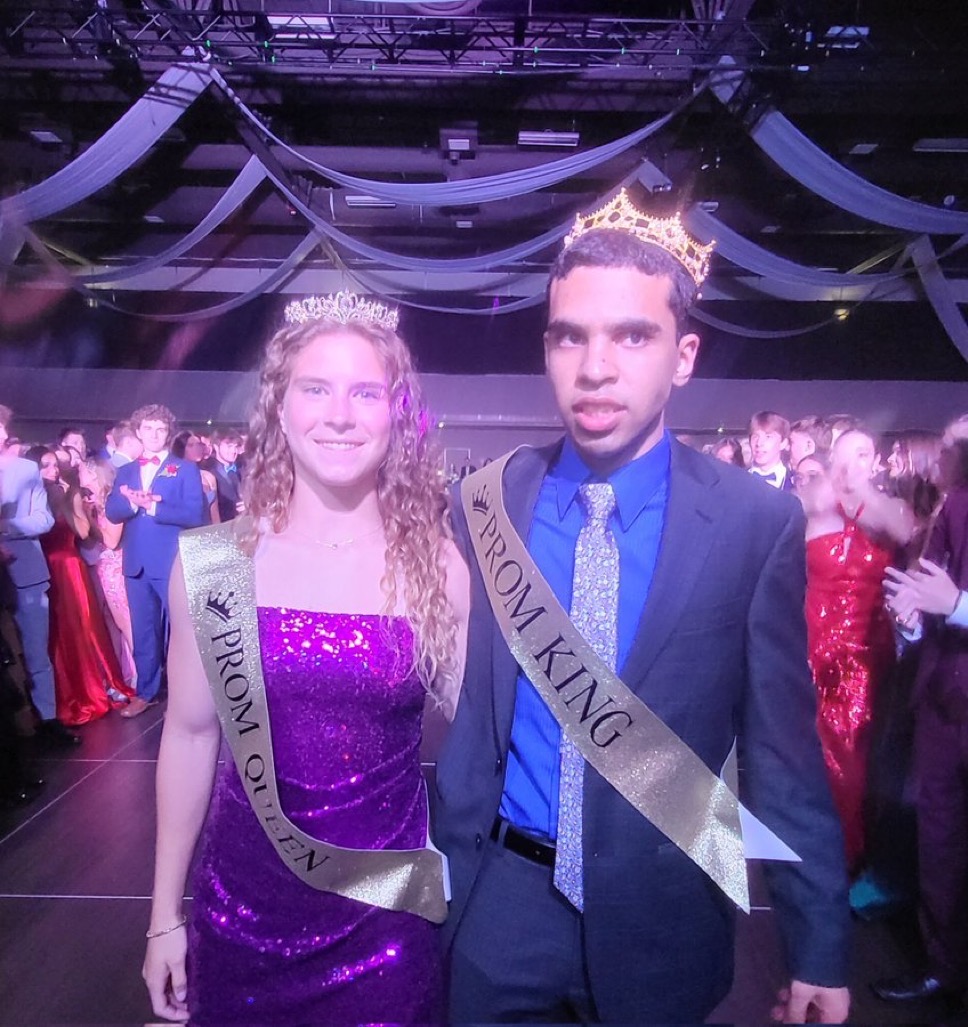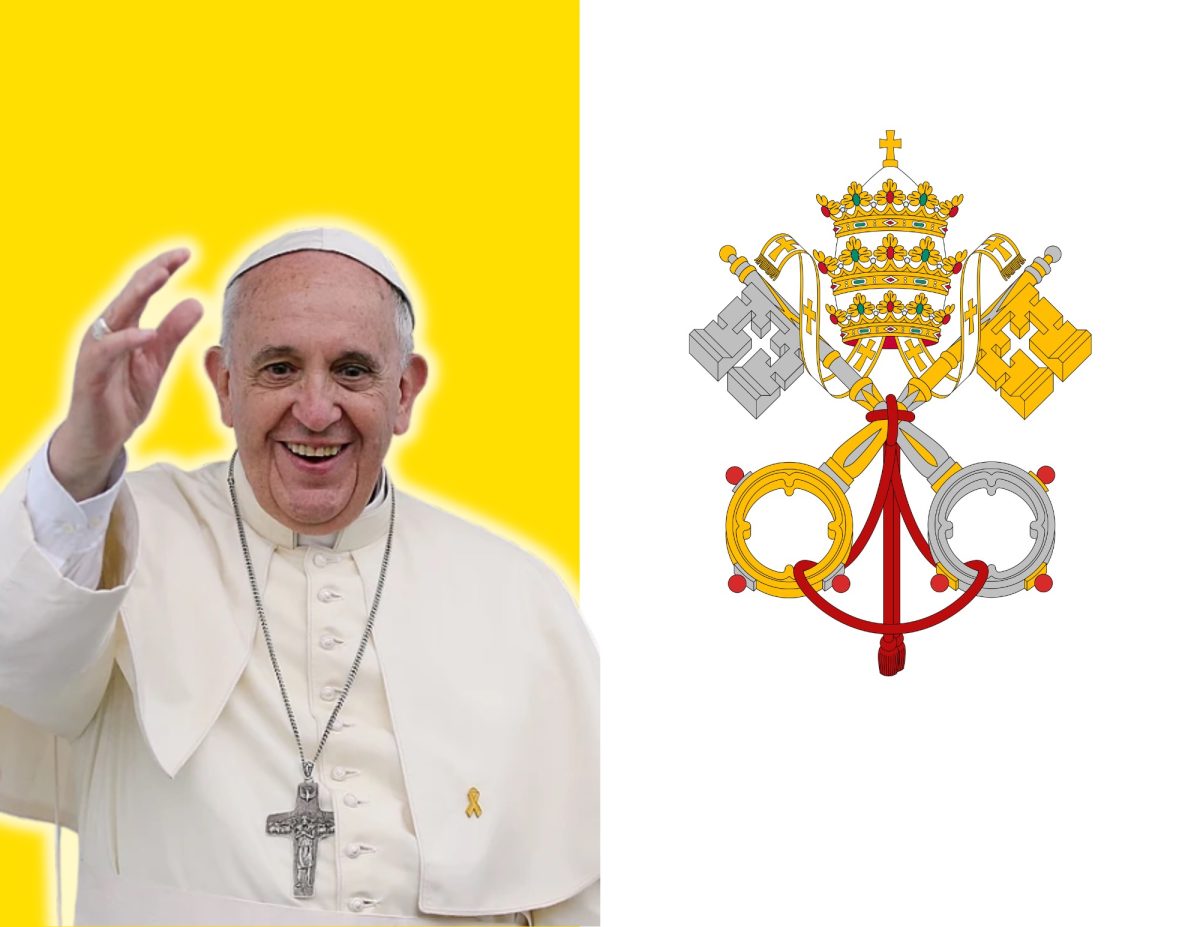Calligraphy is a visual art form of writing known for its intricate designs and letter execution. Though it was recently taken over by TikTok as merely an aesthetic way to take notes and organize weekly planners, calligraphy has a longstanding and rich history in Asia.
“In order for something, especially art, to be truly appreciated, it is pertinent that people understand the history of the artist, art style and artistic techniques,” senior Khushi Mehta said. “Calligraphy is one such art form.”
Believed to have originated in China during the period of the Three Kingdoms and Xi Jin, various forms of calligraphy have roots from around the world including Japan, India, Tibet and Europe. Calligraphy soon established itself as the supreme art form in Asia, with all educated men and court women expected to be proficient at it.
But calligraphy was much more than just a manner of writing. Good calligraphy exhibited perfect brush control, undivided attention to detail and a deep understanding of philosophy. These ideals quickly translated into painting techniques, influencing the desired styles of paintings, holy texts and architecture.
Early emperors in ancient China asserted their power by engraving edicts on stone in unique calligraphic scripts. Meanwhile, the elite members of Chinese society gained their status by their command of calligraphy.
Beyond its central role in Chinese culture, calligraphy also contributed to the distinctive nature of Chinese art. The vast number and complexity of Chinese script characters allowed artists to explore and create unique calligraphy designs, often reflected in landscape paintings.
Senior Sarah Chen’s family has taught her the cultural importance of calligraphy in China’s history. “There were calligraphy scholars who were important in society and hired for every event because it was important in society to have someone be able to craft beautiful calligraphy,” she said. “Chinese people also say that calligraphy can tell a lot about someone’s personality and gender based on the brush strokes and lines. There’s a lot of tradition in Chinese calligraphy.”
When Chinese characters were adopted by Korea and Japan in the fourth and sixth centuries, respectively, the writing of the language was thought to be the rawest form of a writer’s character and culture. Through the medium of calligraphy, a person’s inner thoughts, feelings, artistry and personalities were purely conveyed.
As a result of China’s calligraphic domination, Persian art was so vastly influenced that calligraphy became synonymous with Iranian culture.
In what is modern-day Iran, the region was once Persia, an immense empire in the 6th century BCE that spanned the Indus Valley to Northern Greece, as well as Central Asia to Egypt. When traders and ambassadors sent by foreign nations visited Persia with art, Persian artists quickly adopted the new art techniques.
As each new culture appeared in Persia, the art that emerged borrowed heavily from the culture of that other civilization. However, despite this borrowing, each external influence was altered to maintain a uniquely Persian appearance.
Though influenced by China’s practices, Persian calligraphy quickly made its own mark on the history of the art form. Today, Persian calligraphy is renowned from around the world, especially from Europe, many of whom travel to Iran to view and purchase these works.
Depending on the type of Iranian calligraphy, there are strict rules for the shape and combination of the letters, words and composition of the calligraphy work as a whole. Around one thousand years ago, six genres of Iranian calligraphy were created: Tahqiq, Reyhan, Sols, Naskh, Toqi and Reqa. These genres were common for a few centuries until Naskh and Reqah were combined to form a new genre of Persian calligraphy named Taliq. Then, in the 14th century, Naskh and Taliq were combined, and the most attractive and popular Persian calligraphy style, Nastaliq (نستعلیق) was created.
Calligraphy is one of the reputable and famous art forms in Iran. It is said that Iranian art appears to be imperfect and incomplete without decorative calligraphy. More than any other nation, Iran uses calligraphy to enrich its art in books like the Holy Quran and on the outsides of poetry.
While it is true that calligraphy as handwriting, in accordance with its modern definition, helps stimulate neuronal activity, develop a broader vocabulary and write comprehensive texts, it is equally as important to recognize its origins and cultural importance in Asia. Having this knowledge can help develop a personal philosophy and global understanding of one of Earth’s oldest artistic writing traditions.
“It’s important to recognize the cultural significance in global traditions because there are hundreds of years of history behind an art like calligraphy,” Chen concluded. “Recognizing cultural significance helps educate society about the historical, social and political environment of a region.”









